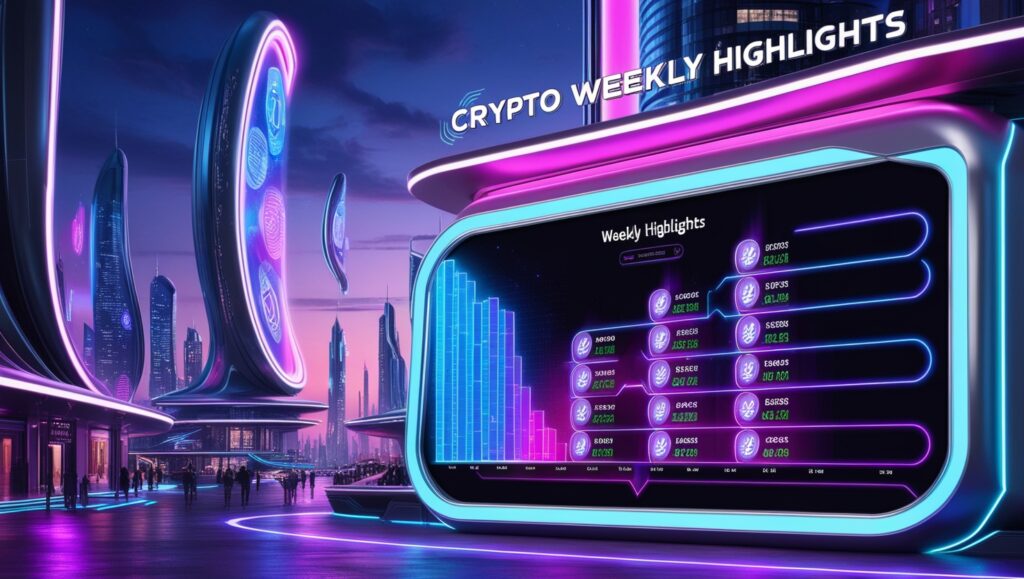The Bitcoin (CRYPTO: BTC) network’s impending mining incentive halving is not like previous ones. Cathie Wood, the mastermind behind Ark Invest, discovered a feature in this basic upgrade that makes it different from the other three.
Will gold investments be inferior to Bitcoin as a long-term wealth storage solution as a result of this exceptional event? Let’s examine it.
What was said by Cathie Wood
A seldom-discussed aspect of Bitcoin’s upcoming halving event that might fundamentally alter the course of the cryptocurrency market was disclosed by Wood in a recent video interview with Yassine Elmandjra, director of digital assets at Ark Invest:
The rate of supply increase will be halved, to less than 1% annually. When comparing this to gold, the supply of gold has grown by about 1% year on average. The expansion of Bitcoin’s supply will slow down below that.
Why is this insight so important?
The idea that prices in a free market represent the equilibrium between supply and demand is the foundation of this concept. Due to its scarcity and relatively slow rate of new production, gold is generally regarded as an excellent value-storage instrument. However, this is the first time that the supply side growth rate of Bitcoin will abruptly fall below the rate of gold inflation.
The Bitcoin whitepaper, which outlines the operation of this cryptocurrency, compares the continuous creation of a fixed number of new coins to gold miners devoting resources to increase the amount of gold in circulation. In our instance, the costs are power and CPU time.
In other words, the so-called “open-source peer-to-peer money, or digital gold, finally fulfills its intended purpose.” That certainly seems like a turning point in the game.
The gold-like stability of bitcoin
There’s no denying that Bitcoin has a limited supply. Investing in this digital asset that embodies long-term stability is frequently justified by its lifespan restriction of 21 million digital coins.
Less than 7% of the entire quantity of tokens remain for potential future mining endeavors, as 19.6 million have already been mined. Bitcoin’s growth rate will only slow down more in 2029, 2033, and beyond due to the mining rewards being halved at about four-year intervals. Around the year 2140, the final Bitcoin is expected to be mined. Next, transaction fees will be the only form of reward for mining.
The Bitcoin software has this incredibly long-term strategy hardcoded it. It would be extremely unlikely for the supply side players to come to an agreement to give up the financial stability of their own assets in order to change these growth-limiting constraints, particularly if Bitcoin turns out to be a widely used digital substitute for gold.
The consequences of the upcoming Bitcoin halving
Thus far, the halving of Bitcoin has consistently signaled a significant rise in the value of the cryptocurrency.
For example, during the first reward cut of 2012, one Bitcoin was valued $12. After a year, the price reached its highest point at $1,170 before declining once more. The price of Bitcoin dropped from $640 to $19,650 in just 17 months following the 2016 halving. In May 2020, mining incentives were reduced once more, this time to $8,600. That price cycle peaked at $67,500, eighteen months later.
Though Bitcoin defies this generalization in certain respects, past performance is no guarantee of future outcomes.
The halvings make perfect sense. Roughly every four years, they will occur, and each time they do, the economics of mining Bitcoin will shift significantly.
In order to execute Bitcoin transactions, the mining process is essential. The blockchain comes to a complete stop without it. In light of this, the system as a whole only makes sense provided miners are paid enough to operate profitable businesses. Additionally, a constant use of computer power and processing cycles will result in the production of half as many Bitcoin tokens when the mining payouts are cut in half. If prices don’t increase over time, bitcoin miners will go out of business.
Halvings therefore nearly always result in higher Bitcoin prices. Although not the only element taken into consideration by market makers when determining the current price of Bitcoin, it is possibly the most significant and reliable tool for creating patterns on the encrypted table. The only way this trend will halt is if Bitcoin itself becomes obsolete and shuts down. For as long as Bitcoin is around, there will be significant price spikes in the months following each halving.
Furthermore, the inflation rate below the annual growth in gold production points to a degree of value-guarding stability that could change the course of the next halving.
There are still a lot of obstacles and difficulties facing the cryptocurrency market in general and Bitcoin in particular. A few possible game-breakers for the development of digital currencies include unanticipated technological leaps, sluggish consumer adoption of crypto-based businesses, and legal and regulatory obstacles. Nevertheless, the regular cycle of prearranged reductions in mining rewards will go on anyway, either leading to unwavering stability or the collapse of the Bitcoin ecosystem.








